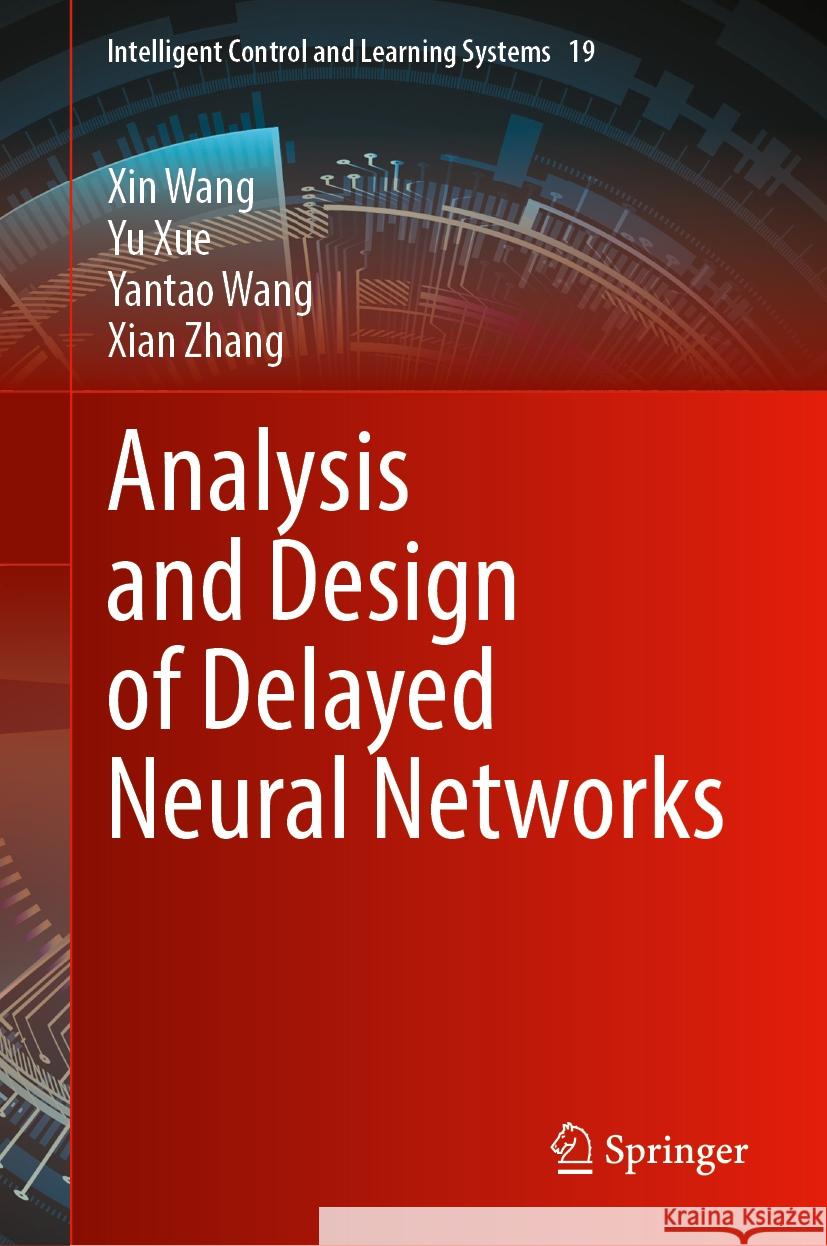topmenu
Wyniki wyszukiwania:
wyszukanych pozycji: 2
 |
Analysis and Design of Delayed Genetic Regulatory Networks
ISBN: 9783030170974 / Angielski / Twarda / 2019 / 263 str. Termin realizacji zamówienia: ok. 22 dni roboczych. |
cena:
401,58 |
 |
Analysis and Design of Delayed Neural Networks
ISBN: 9789819611768 / Angielski / Twarda / 2025 / 304 str. Termin realizacji zamówienia: ok. 22 dni roboczych. This book provides a direct method based on system solutions to address the problems related to the analysis and control of delayed neural networks. The method proposed in this book is important for the following reasons: It does not involve the construct of any Lyapunov-Krasovskii functional (LKF), which overcomes the difficulty in constructing an appropriate and effective LKF; It can provide more simpler sufficient conditions, and hence it possesses less computational complexity; It can result in delay-dependent global exponential stability criteria that can used to give the decay rate...
This book provides a direct method based on system solutions to address the problems related to the analysis and control of delayed neural networks. T...
|
cena:
642,56 |










